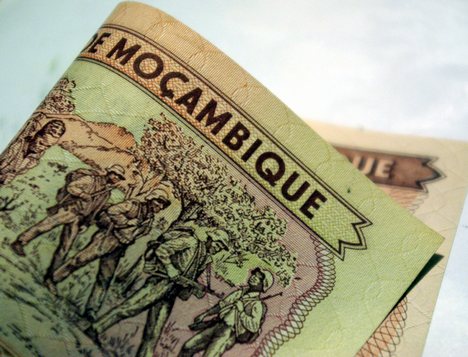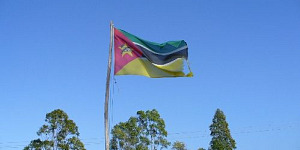 Mozambique's central bank cut its benchmark standing facility rate (FPC) by 50 basis points to 9.0 percent, saying inflation had gradually recovered from the impact of massive flooding earlier this year so the bank could now "proceed with measures to align interest rates in the context of the macroeconomic targets set for 2013."
Mozambique's central bank cut its benchmark standing facility rate (FPC) by 50 basis points to 9.0 percent, saying inflation had gradually recovered from the impact of massive flooding earlier this year so the bank could now "proceed with measures to align interest rates in the context of the macroeconomic targets set for 2013."
The Bank of Mozambique (CPMO), which cut rates by 550 basis points in 2012 but had held them steady this year until today, also cut the rate on its standing deposit facility by 50 basis points to 1.75 percent but maintained the required reserves ratio at 8.0 percent.
The CPMO said it would intervene in interbank markets to meet the monetary base target of 40.787 billion meticais by the end of this month, up from the target of 39.7 billion at the end of May.
Mozambique's inflation rate rose to 4.9 percent in May from 4.79 percent in April, continuing its steady climb since hitting a recent low of 1.41 percent in August last year. However, this is still well below of peak in inflation of 16.6 percent at the end of 2010.
Extensive flooding in the southern and central parts of Mozambique at the start of this year lead to reduced harvests and food, contributing to a change in inflation along with a depreciation of the metical currency, higher school fees and higher prices for some commodities.
The CPMO forecast last month that this would lead to higher inflation in the second quarter and an average inflation rate of 7.0 percent in 2013, up from 2.09 percent in 2012.
The International Monetary Fund (IMF) forecast medium-term inflation of 5-6 percent.
The impact of flooding also lead the central bank to reduce its economic growth forecast for 2013 to 7 percent from a previous 8 percent, down from 7.4 percent in 2012.
Mozambique's government has forecast growth of 8 percent this year.
Mozambique's economy has been expanding on the back of higher coal production, along with an expansion of financial services, transport and communications and agriculture.





































